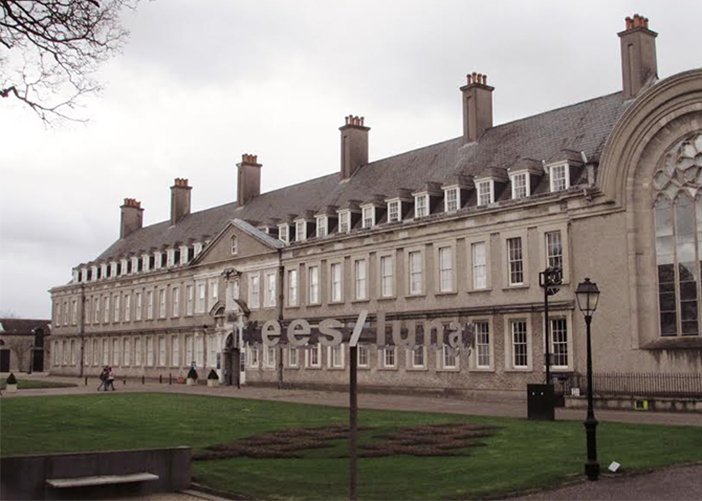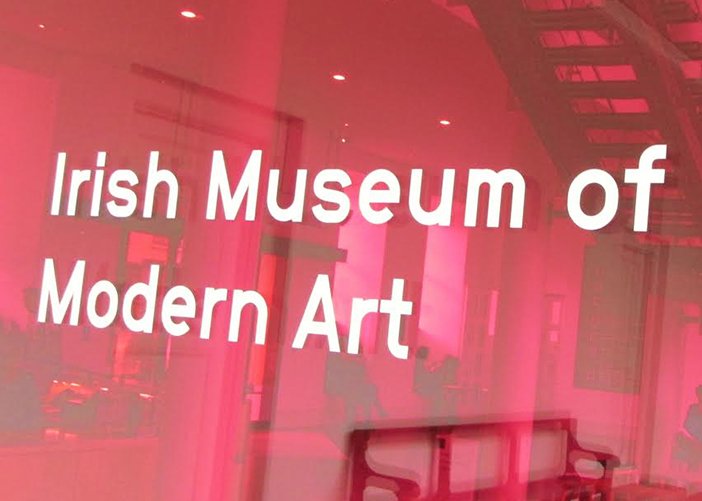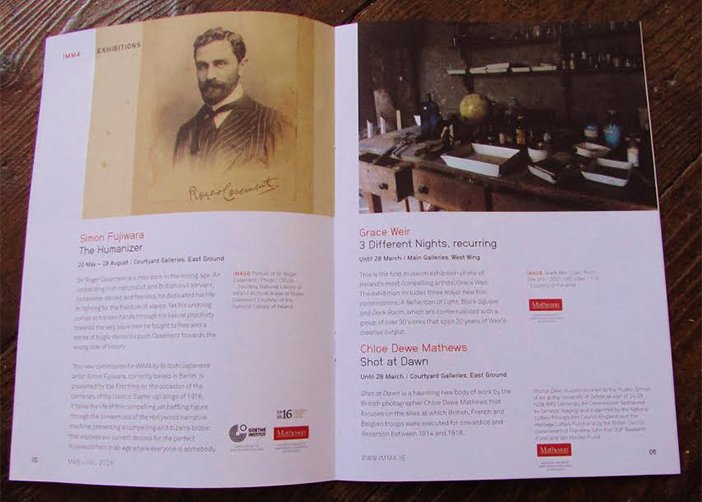The State of Visual Art Funding in Ireland | Part Two
In Part One of The State of Visual Art Funding in Ireland, I urged artists to speak out about the lack of support given to the arts in Ireland. Here, I will discuss our state institution IMMA and its lack of funding.
In a submission to the Department of Arts, Sport and Tourism that the Irish Museum of Modern Art (IMMA) made in the context of the National Development Plan in 2006, they gave reasons as to why the state should fund and support culture and the arts. Their rationale seems very relevant. IMMA put forward the idea that ‘The State … interests itself in the totality of human endeavour and interests itself in the arts because the arts are one of the defining and fundamental features of human behaviour and society.’ The document goes on to say that the economic market does not always put value on these fundamentally human features, which need to be preserved and developed, therefore the state must step in and support this human feature of creative imagination when the market fails. The protection of culture and the benefits of culture have no market value necessarily, but they are things we value. In order for those values to survive and continue to blossom, the arts must be supported by public funding. If the arts were left entirely up to market forces they would become in the main homogeneous. I believe the arts would always exist, but they might not be presented to the public on the scale at which they are now.

IMMA was established by the State in 1990. It exhibits modern and contemporary Irish and International art. IMMA has been a significant institution for visual art in this country. However it is seriously under funded by the State to the detriment of artists in Ireland whether they are emerging or established.
IMMA is an art gallery heavily funded by the State resides in the former Kilmainham hospital. It hosts many intriguing exhibitions of visual art each year. The gallery brings international and national contemporary art to the general public. Having hosted solo exhibitions by Hélio Oiticica, Dorothy Cross, Duncan Campbell, Karla Black, Stan Douglas and most recently Grace Weir, it is one of the major exhibition platforms for artists in Ireland. IMMA is accessible to the public, even those who do not usually engage with visual art. Visitor surveys from 2014 show that 12% of visitors to IMMA are experiencing an art gallery for the first time. This highlights the value IMMA has as a presentation space for art. It gives artists the opportunity to engage a wider public. However the government has withdrawn a chunk of its funding from IMMA. In 2010 the gallery received 6.8 million. By 2014 this had reduced to 4.7million as a result of the recession. This is to be expected as the arts are never a priority. However according to IMMA’s Annual Report in 2014 this reduction resulted in their programme not including ‘any purchased acquisitions to our collection; the commissioning of artists and investing in new work being made, or the commissioning of research or critical writing’. The impact of this reduction on visual artists in Ireland is far reaching. When a large publicly funded institution cannot pay artists to make work it has a trickle down effect. In a sense, IMMA sets the standard for other minor institutions and galleries on how they should pay artists.

Since 2014, in order to counter this reduction in funding, IMMA has focused much more heavily on private sponsorship and funding. In that year it raised €171,000 in philanthropic and corporate partnerships and €466,000 from its café, venue hire and retail. In 2015, IMMA and the law firm Matheson developed a three year partnership. Matheson support ten exhibitions per year. This means that IMMA can continue a diverse and engaging programme of art exhibitions, talks, tours and educational programmes. It means that IMMA can present international group exhibitions like the recent ‘What We Call Love: From Surrealism To Now’. The programme for this exhibition was extensive, with lectures, performances, a response to the exhibition by Pádraic E Moore and a dedicated blog. IMMA has always been very good at developing big programmes to support exhibitions for the purpose of inclusivity and education. Now it can continue to do this for the next three years – not because of support from our government, but because of a private law firm. This is for three years. And then what, another corporate sponsor or will the government step up and fill the gap? Perhaps. Or perhaps not. Either way the State will still use IMMA to promote Dublin to tourists. The government can only put value on the arts in terms of the tourists it attracts.

Currently a substantial amount of IMMA’s resources come from funds they have raised through their own or other private means. The funds raised through the partnership with Matheson are short term. The State must act as a stable body to be relied upon by IMMA and other institutions such as the National Gallery and the National College of Art and Design. State funding must be the long term solution. In turn, the institutions must be held accountable for the funds they receive from the State. If the State is going to use the arts to draw tourists to Ireland they should have respect for visual art. IMMA should not have to go into a partnership with a private firm, that will sponsor 30 exhibitions in all. The State should not have appointed Seanad nominee, John McNulty, to the gallery’s Board of Directors. Visual Artists should be paid, all staff in publicly funded art galleries should be paid and particularly artists should not have to pay administration or submission fees to exhibit work. Visual artists and others who work in the sector are not respected by the State. Their work is not valued. The public needs respect and value the work of all visual artists.
